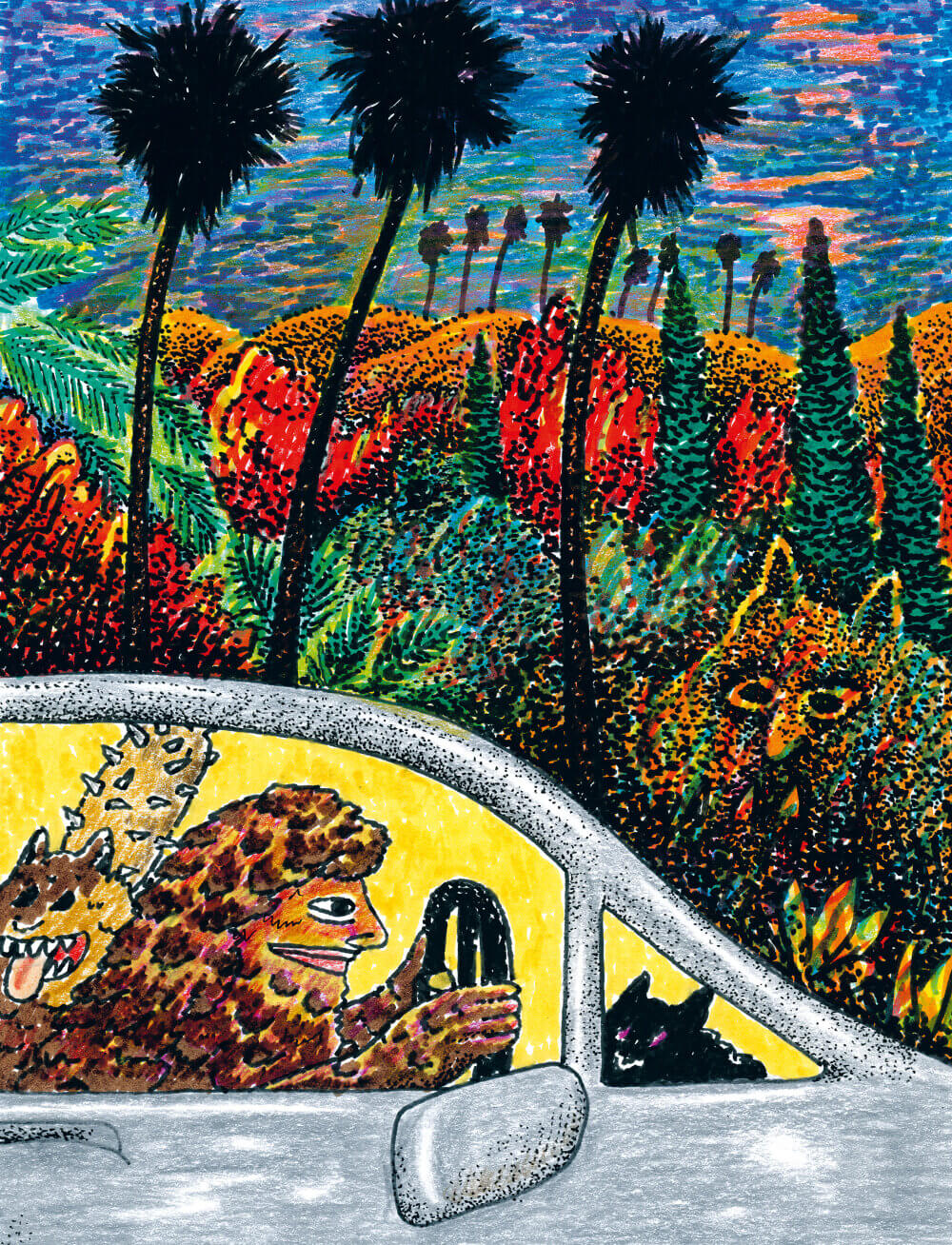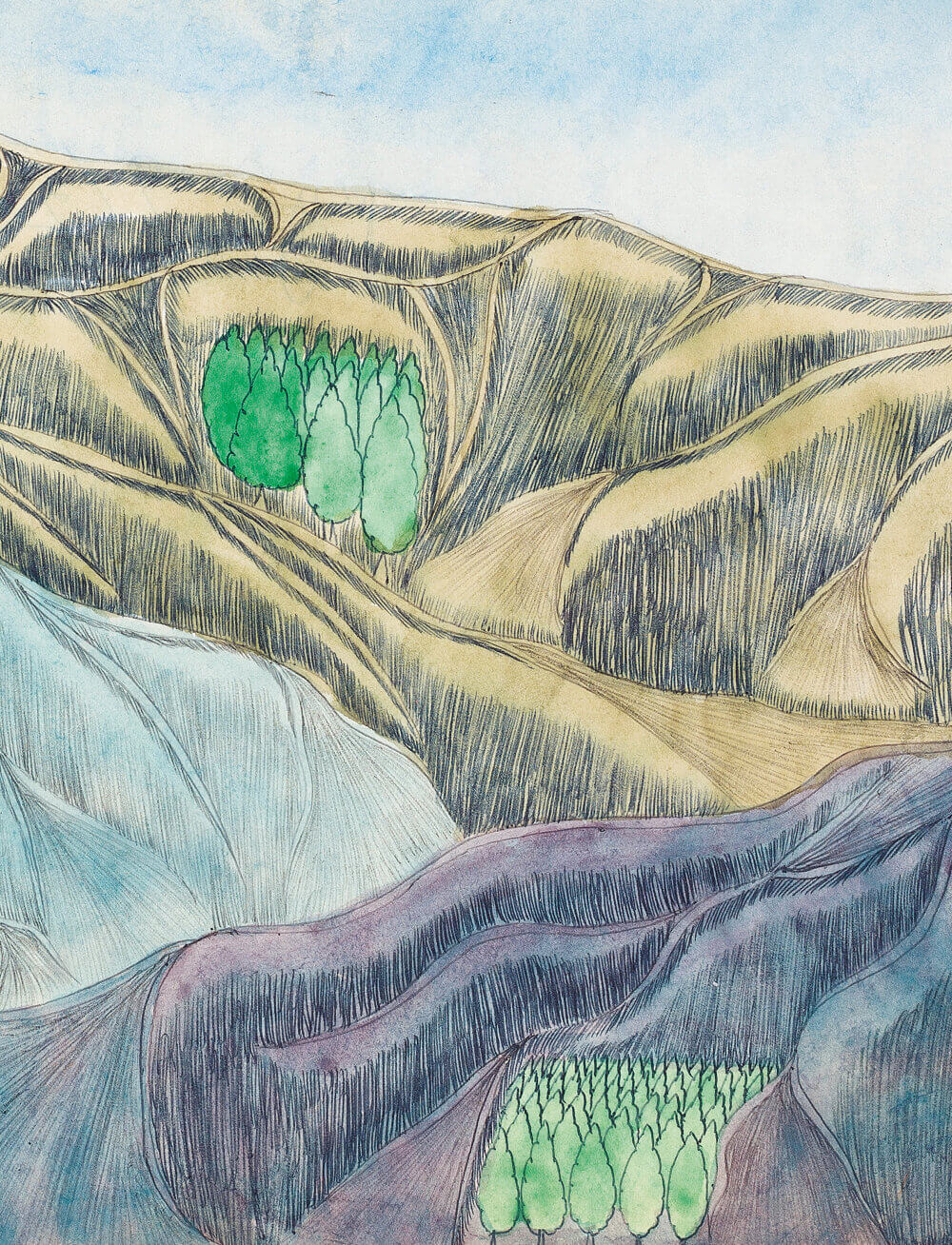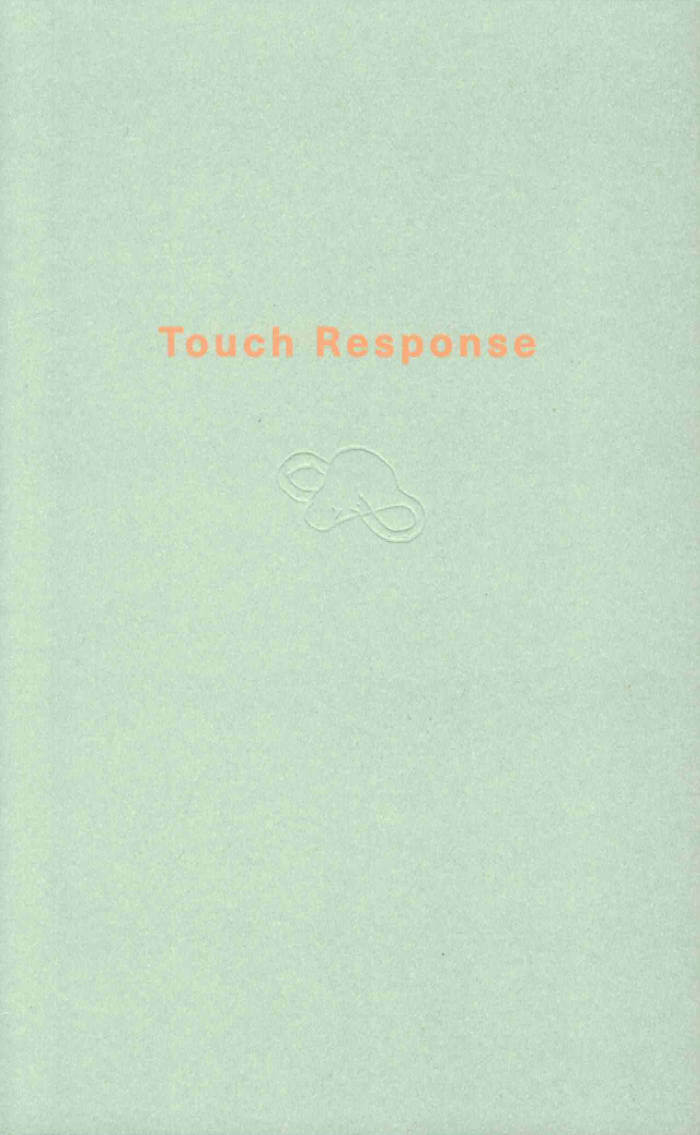
Selected Works From 1982 To 2011
An anthology of Pettibon's drawings.
Reprint of the book first published in 2014.
Raymond Pettibon (born 1957 in Tucson, lives and works in Venice Beach) is mostly known for his comic-book-like drawings to which he appends disconcerting and sarcastic texts. His work embraces a wide spectrum of American “high” and “low” culture, from the deviations of marginal youth to art history, literature, sports, religion, politics, and sexuality. Taking their points of departure in the Southern California punk-rock culture of the late 1970s and 1980s and the “do-it-yourself” aesthetic of album covers, comics, concert flyers, and fanzines that characterized the movement, his drawings have come to occupy their own genre of potent and dynamic artistic commentary. As well as artist's books, fanzines, and prints Pettibon's production includes animations and large wall installations.







